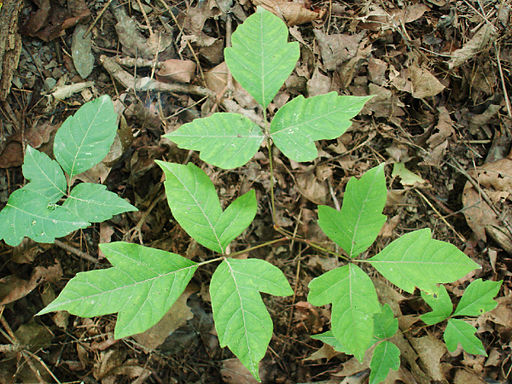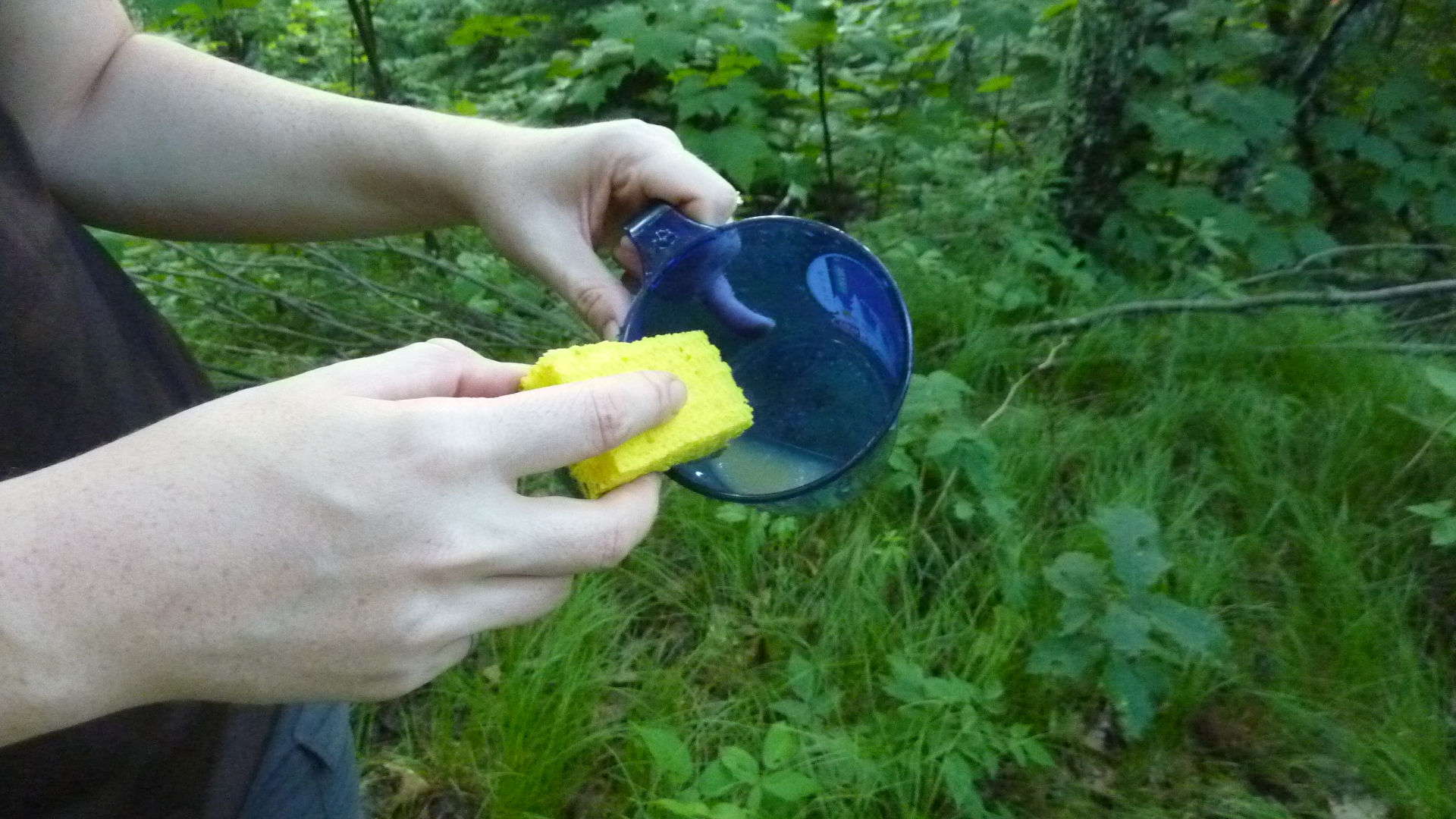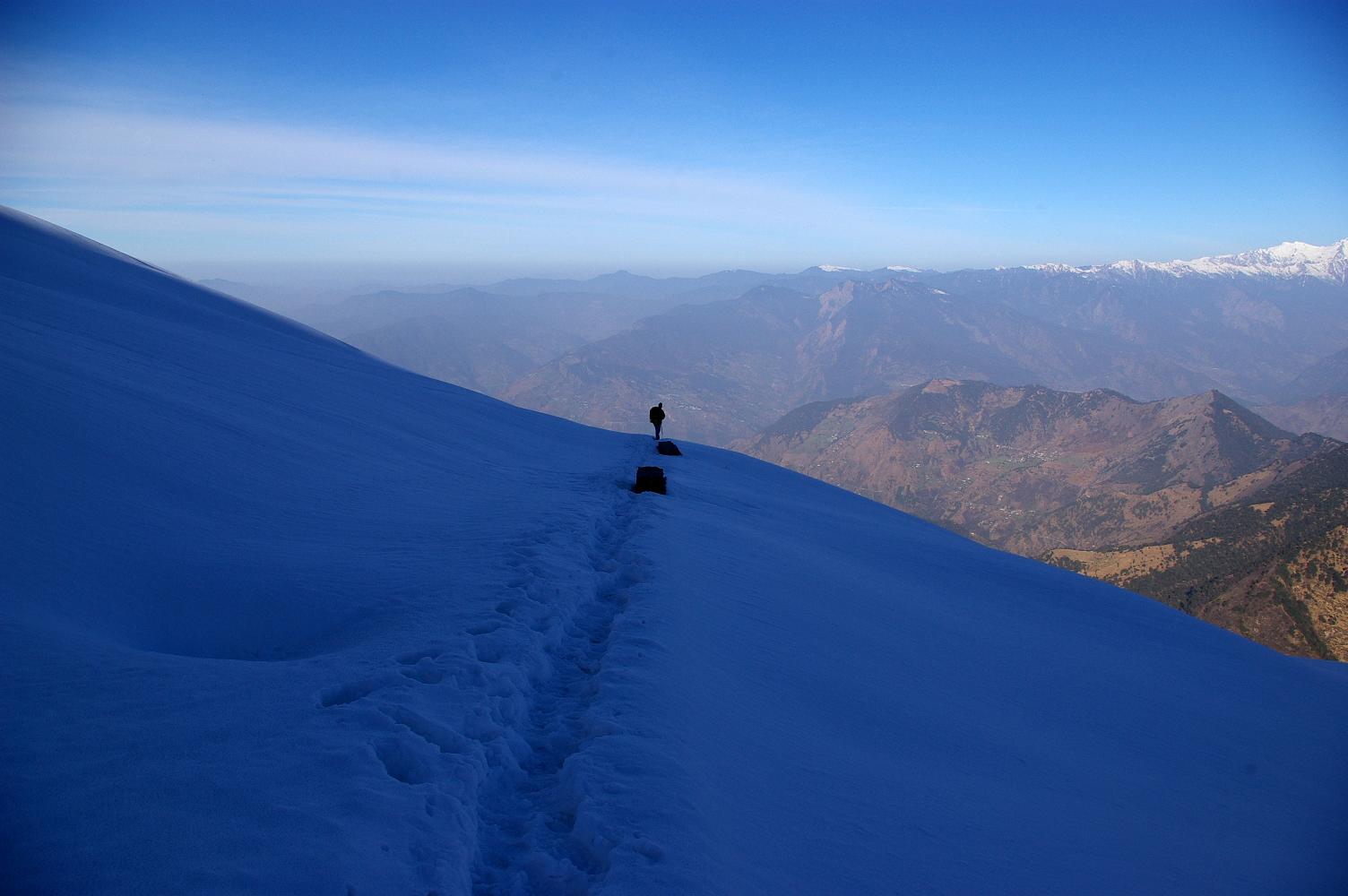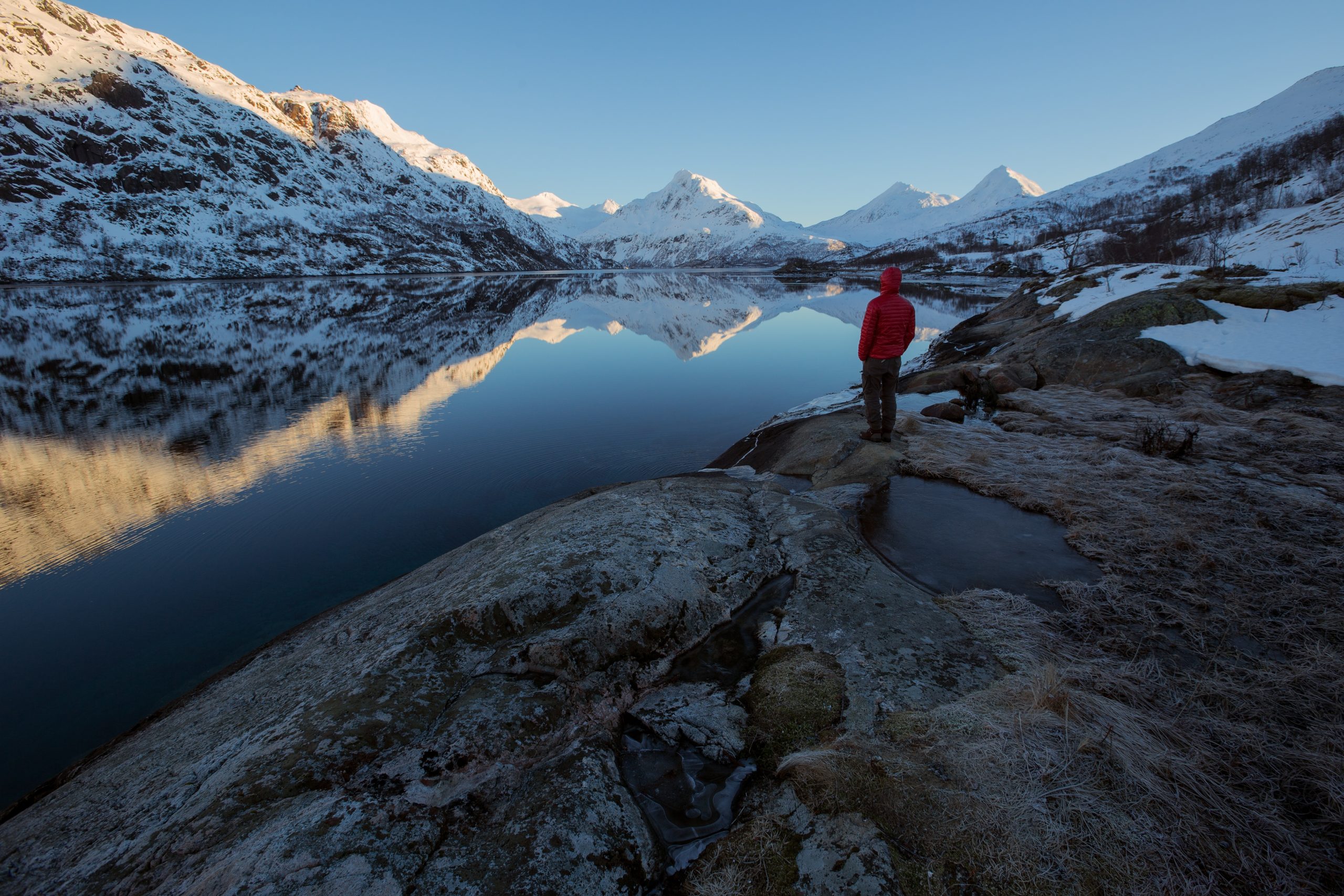Did you just touch poison ivy, oak or sumac? How can you avoid a rash after touching them? What can you do to alleviate the itching if you develop a rash? Know what cures can be found growing in the wilderness!
Backpacking Tips
The plant world is coming back to life as the temperature is starting to warm. Did you just touch poison ivy, oak or sumac? Know how to identify these common poisonous plants so you can avoid any aggravating rashes.
The doing dishes task is one of dread for many backpackers because cleaning often involves finding and collecting more water. And after cleaning, you have to walk a few more steps away from the camp area to scatter the wastewater. Sometimes it is not a matter of laziness, but of circumstance. It might be that you are rationing your water because there is no water anywhere around you, and you don’t know where the next water source is. Other than hoping for rain, or packing up a dirty kitchen set, more options do exist. We always encourage backpackers to use […]
Winter backpacking can require an additional 500 – 1,000 calories per day, an average of 4,500 calories per day for men and 3,500 for women. Start planning the right foods before the start of your winter backpacking trip. Eating nutritionally sound foods will make the difference in your ability to stay warm and energized.
Cold weather means everything takes longer. Anticipate and plan for the extra time needed. Be realistic when it comes to hiking mileage. Stop to rest when hiking. Excessive sweating and non-wicking clothing will make you colder. Protect exposed skin and lips with lip balm (SPF 15 or higher) and sunscreen (SPF 30 or higher). Check EWG for the best-rated sunscreen and lip balms. Drink plenty of water daily, generally 2-3 quarts. You will not realize how dehydrated you are during the winter since the air is drier and sweat evaporates before you know it. Consume your water by eating soups and other […]



